Autumn is edging ever closer but no-one seems to have told the weather as it’s been around 26/27° C over the last few days. This meant that yesterday it was flying ant day!
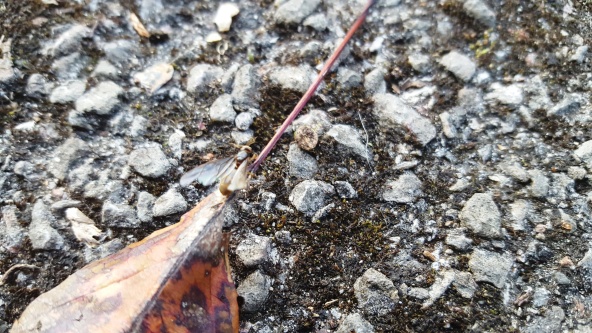
Now this came as something of a surprise to me. From social media reports it seemed that flying ant day for most people was around a month ago, even in Bournemouth around fifteen miles away. But here in Ringwood they finally emerged on the 23rd August which seems remarkably late.
Flying ant day is when young queens leave their birth nests to found their own colonies. They seem to appear on the same day in localised areas, choosing hot days without rain. It’s still unclear how and why they choose to leave on the same day.
It turns out flying ants are really hard to photograph so I didn’t get many good photos but there were thousands of ants flying around. This was good news for migrating swifts who appearing to be having something of a feast.
Which brings me nicely onto to the swallows I saw sitting on the power lines near the river Avon:
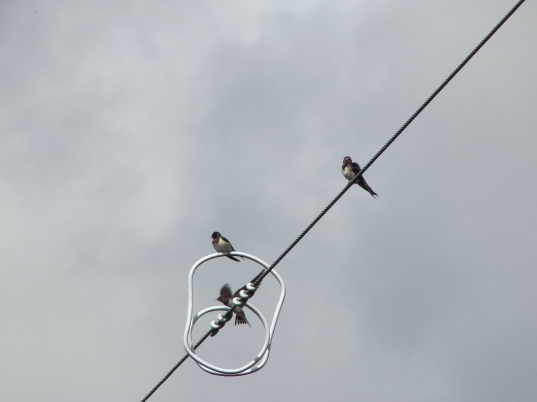
On Sunday I visited Winchester where I had a very close experience with a cygnet. It got very agitated as I approached so I gave it as wide a berth as I could!

I also saw a large black slug as it was a damp morning.

More locally, I was amazed at the enormous noise this grey squirrel was making as I walked past it, trying to scare me off. For a small mammal they can make a huge noise!
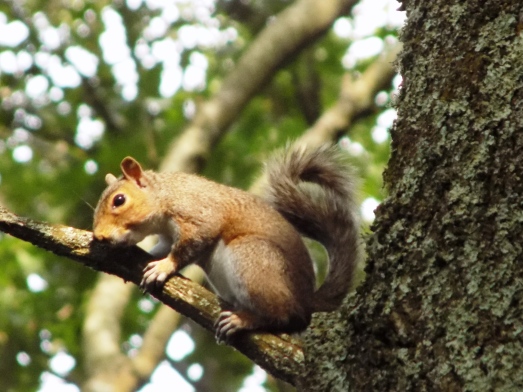
Today’s obligatory deer photo is once again a roe deer near the Avon.

Signs of autumn are everywhere now. The leaves are beginning to wither and acorns are ripening quickly.
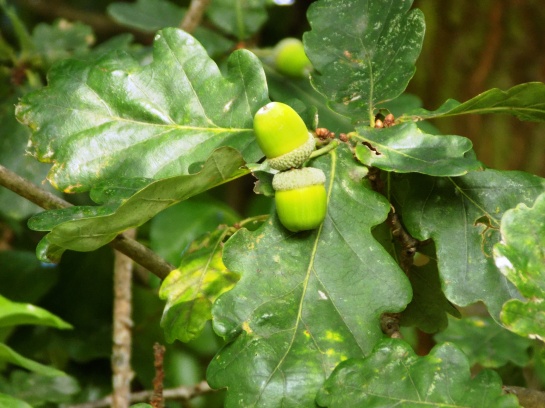
Also ripening locally are lords and ladies (Arum maculatum). It’s an interesting plant but the berries are poisonous and in fact the plant is responsible for more accidental poisoning in British A+E departments than any other wild plant.

I have noticed lots of fungi growing on a pile of woodchip recently.
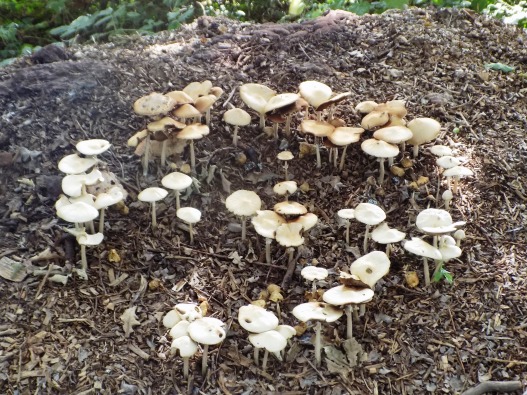
I am not 100% certain but I think this is Wrinkled Fieldcap (Agrocybe rivulosa). It was first recorded in the UK in 2004 but is now relatively common in Southern England. It’s spread is apparently entirely due to the use of woodchips so it makes perfect sense given the location.It’s certainly an interesting species to see.

No comments:
Post a Comment